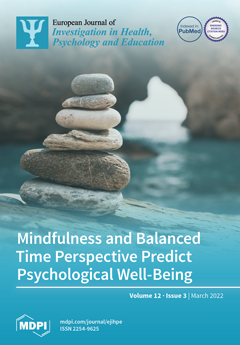The aim of this systematic review is to collect and summarize the benefits of Pilates in the elderly population (>60 years old), within the current scientific production, assessing its contribution to Healthy Ageing (HA). We used PRISMA (Preferred Reporting Items for Systematic Reviews
[...] Read more.
The aim of this systematic review is to collect and summarize the benefits of Pilates in the elderly population (>60 years old), within the current scientific production, assessing its contribution to Healthy Ageing (HA). We used PRISMA (Preferred Reporting Items for Systematic Reviews and Meta-analysis) to select, collect, and analyse this thematic. The methodological procedures were registered in the PROSPERO database. The main results of the studies analysed (
n = 30) point to significant differences between the intervention and the control groups in dynamic balance, strength, mobility, functional capacity, risk of falling reduction, and mental and psychological health. Thus, the results showed that Pilates may be beneficial for the health of the elderly. The meta-analysis found statistical differences between means on the dynamic balance (mean difference (MD) = −0.0, 95% CI [−0.71, −0.50];
I2: 0%) and the aerobic capacity and aerobic resistance [(MD) = 38.29, 95% CI [6.82, 69.77];
I2: 0%). Thus, it is concluded that the efficacy of Pilates has been shown in various areas of HA and has proven to be affordable and safe for the majority of people, using just a mat on the floor. Future studies should focus on the analysis of the relationship between the cost and the benefit of a Pilates intervention in the elderly population, to better understand how health costs can be minimized and to contribute to a multidisciplinary and generalized HA. Pilates has practical application for the clinicians, therapists, and health professionals that work with the elderly population.
Full article






